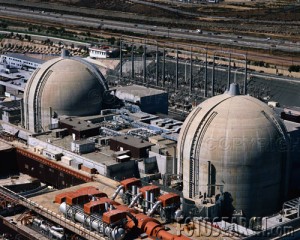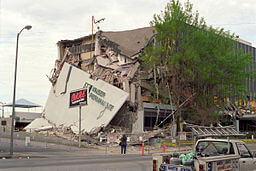Terrorism and Situational Awareness
Spotting Suspicious Activities is Your Best Protection
(Part three of a three-part series)

As we conclude this series of commentaries, it’s important to clarify the definition of terrorism: violent acts that create terror in victims and non-victims.
The tendency is to think of terrorism as something that exists on the political level. But, while incidents like the Colorado movie theater, Tucson and Sandy Hook shootings, more recent racially-motivated shootings as well as the many workplace incidents may not qualify for a formal definition of terrorism, the dangers are real. We suggest you include these incidents in your self-defense thinking.
There are five identifiable levels of awareness commonly used by most authorities . . .
1. Tuned Out
How often have you walked or driven down a street and not been aware of your surroundings because your mind was elsewhere? This distraction from your present situation makes you vulnerable. Blaring radios, cell phones, over-tiredness and other distractions put you at risk of terrorist activities — and from all sorts of otherwise benign occurrences.
2. Relaxed Awareness
Comparable to defensive driving, this level of awareness allows you to switch from relaxed to cautionary mode as you observe things that are out of the ordinary, but not necessarily threatening. This is the least taxing level of awareness that you can practice for long periods of time without inducing fatigue. And, you can readily “ratchet up” to level three or four as appropriate.
3. Focused Awareness
A lot like driving in a heavy rainstorm or other hazardous road condition, focused awareness requires a heightened level of attention. Because it requires greater energy, this level of awareness is also accompanied by added fatigue over extended periods of time.
4. High Alert
Here is where you experience that adrenaline rush that accompanies the threat that puts your survival at risk. On the edge of panic, this is a scary place to be, but you are still able to function, albeit for a limited period. Coming down off of this level of alert can be distracting as you readjust to your “normal” level of awareness.
5. Comatose
This is one level of awareness that you don’t want to experience in an emergency. It’s what happens when a situation is so threatening that you freeze. You may even pass out to avoid the reality you are confronted with. This level of awareness is comparable to being asleep with your eyes wide open.
Practice awareness!
Staying aware of your surroundings is more of a mindset than a skill . . . you may want to practice relaxed awareness on a regular basis. Not that terrorist threats are all around you. They aren’t. That’s why they will stand out.
But if you don’t practice situational awareness, you may not be conscious of what is ordinary and the out-of-the-ordinary activities that might be an actual threat.
(A side benefit of regularly flexing your mind muscle by practicing situational awareness activity might just be your hedge against Alzheimer’s Disease. :))
Joe Krueger
Your Emergency Plan Guide team
Don’t miss any of our articles. Subscribe below.











